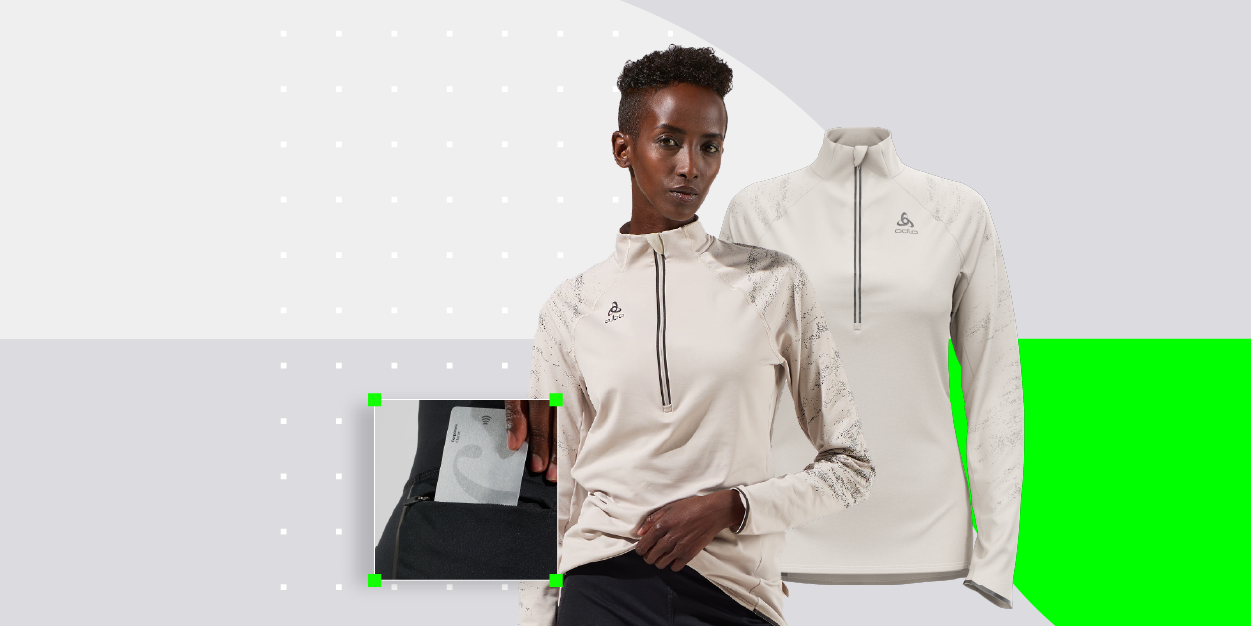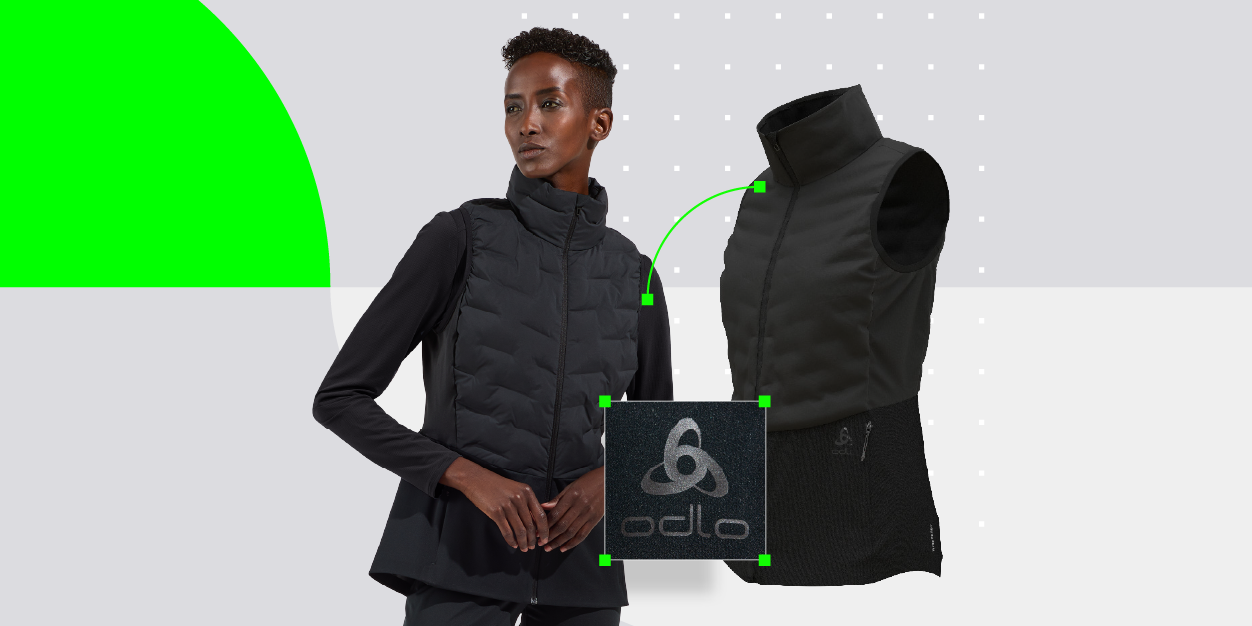Fookwah X Browzwear
Browzwear X Fookwah - Early Prototyping and Accurate, True-to-life 3D Garments
September 5, 2023


70% less invested in the creation of samples

18,000 final images created per year in 3D

Traditional photoshoots replaced with 3D renders

Established a more efficient sales process
Odlo, the renowned Swiss brand established in 1946, leads the way in performance apparel innovation with its unwavering commitment to quality. Trusted by athletes, outdoor enthusiasts, and active individuals, Odlo combines for innovation to deliver exceptional products that enhance the wearer's experience in any activity. From base layers to jackets and specialized collections like Active Warm, Odlo's extensive range showcases meticulous attention to detail and advanced materials.
Aiming to achieve a perfect fit, use high-quality fabrics that mimic skin, and embrace sustainable practices, Odlo sought to streamline their design and production processes while reducing environmental impact. "Our commitment to sustainability is of utmost importance; reducing proto samples and embracing virtual 3D renders has helped us save costs, transportation, and CO2 emissions," says Ursina Häfliger, 3D Project Manager, Odlo.
Odlo faced challenges in the traditional design and production processes that involved extensive proto samples, fabric waste, and high costs. The brand aimed to become more sustainable by minimizing waste and adopting eco-friendly practices. Additionally, Odlo sought to improve their design workflow, increase accuracy in virtual garment fitting, and enhance communication among stakeholders. Recognizing the potential of 3D technology, Odlo decided to collaborate with Browzwear to begin their 3D journey. "The accuracy in virtual garment fitting was crucial for our tech garments, and Browzwear proved to be the most accurate partner," adds Ursina.

"By going completely digital with 3D technology, we witnessed a remarkable 70% drop in our initial investment, enabling a more efficient design workflow."

By implementing 3D technology, Odlo transformed their design workflow. The design team could now view highly reliable 3D simulations during the concept stage, allowing them to evaluate fabrics, fit, and cut lines before proceeding to physical prototypes. This significantly sped up the prototyping phase, reducing lead times and saving costs. "By going completely digital with 3D technology, we witnessed a remarkable 70% drop in our initial investment, enabling a more efficient design workflow," says Michaela Jauk, 3D Project Leader, Odlo. "3D has improved our entire workflow, we are able to see highly reliable 3D simulations as early as the concept stage, drastically speeding up the prototyping phase," adds Davide La Piana, Senior Designer Endurance/Underwear, Odlo.
With 3D technology, Odlo improved communication between designers, pattern makers, and stakeholders. By presenting true-to-life 3D renders, decision-makers found it easier to visualize design ideas and make informed choices. This streamlined workflow facilitated faster decision-making, enhancing overall efficiency. "With 3D technology, communication between stakeholders has become smoother, and decisions are made more confidently. As we are able to communicate much more efficiently, the whole workflow is much faster and much easier," says Michaela.

"3D has improved our entire workflow, we are able to see highly reliable 3D simulations as early as the concept stage, drastically speeding up the prototyping phase."

The integration of 3D technology also revolutionized Odlo's marketing and sales processes. The brand replaced traditional photo shoots with 3D renders, producing approximately 18,000 final images per year. "The shift to 3D renders for marketing has been a game-changer, saving us time, money, and enhancing the overall sales process," adds Michaela.
3D technology provided Odlo with unprecedented flexibility. In the face of last-minute changes, which are common before sales meetings, the brand could quickly modify styles and have final images ready in a short time. This level of agility enabled Odlo to adapt swiftly to market demands and remain competitive. "Incorporating a true-to-life approach in 3D design is essential to ensuring our products mirror reality and meet our high standards, at Odlo, we see our products as the ultimate image, and 3D technology enables us to create a counterpart in the 3D world," says Michaela.
"Our commitment to sustainability is of utmost importance; reducing proto samples and embracing virtual 3D renders has helped us save costs, transportation, and CO2 emissions."

Embracing 3D technology and integrating it into the design and production process was a transformative journey for Odlo. The key lessons learned were the importance of starting small and focusing on quality, building a team of open-minded and dedicated individuals eager to learn, and maintaining a true-to-life approach in 3D design.
Browzwear X Fookwah - Early Prototyping and Accurate, True-to-life 3D Garments
Paladin's adoption of Browzwear's 3D technology marked a transformative phase in its design and production processes.
The partnership enabled PUMA to establish an optimized product development workflow through the implementation of a systematic 3D design solution.